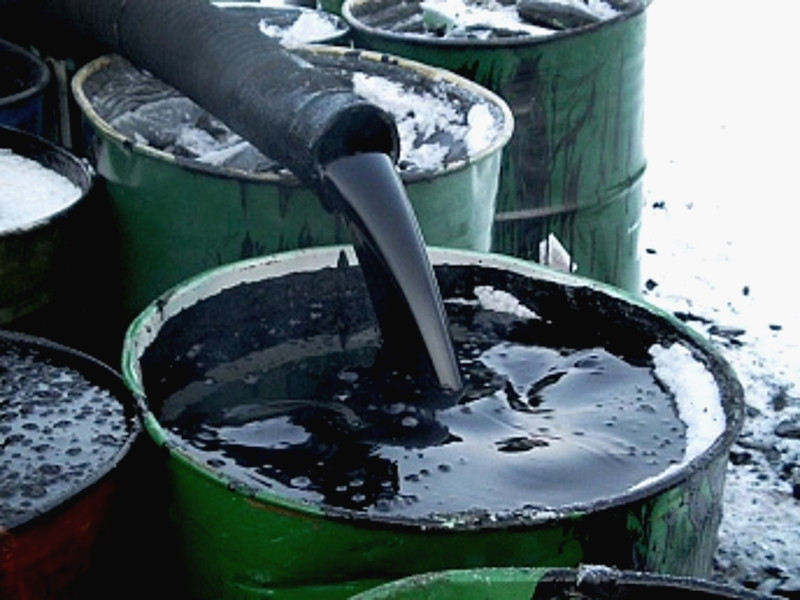
Oil prices are slowly rising Friday morning after the devastating fall on Thursday, which led it to the minimum values recorded almost six months ago.
The sharp surges and swings that have been observed in the oil market throughout October have already made this period the worst this year, not counting the failure in May, which happened against the background of the first wave of the coronavirus pandemic. In the second month of autumn, the Brent crude oil mark began to cost 7% less, while WTI lost even more at 9%.
There are plenty of factors for the negative this year. Take, for example, the increase in oil production in Libya, which was unexpected for everyone and seriously undermined the mood of investors. At the same time, the market was overtaken by the second wave of the coronavirus pandemic, which, according to experts, will become more destructive than the spring one. The situation is especially aggravated in European countries and the US. Market participants are not so much afraid of an increase in production, but of a reduction in the already too low demand for black gold. In this regard, the consequences of the new restrictive quarantine measures gradually introduced in different countries are immediately assessed as it will exert the most significant pressure on the market in the short and medium-term.
To date, it is clear that the European region is covered by a second, larger wave of COVID-19, which, together with the unresolved problems of the first wave, will put even more pressure on demand. Analysts are almost certain that the level of demand will not be restored to pre-crisis levels in the coming year since the scale of the next tragedy is not fully understood. Nevertheless, the fact that oil consumption in Europe will become noticeably less is no longer disputed.
The situation is further complicated by the new strict quarantine measures. In particular, French leader Emmanuel Macron has decided on a partial lockdown, which will begin Friday. If the epidemiological situation in the country worsens, the lockdown may be extended. While its validity period is determined by the end of November, however, all specific decisions will be made upon the stabilization of the situation.
Following France, Germany also restricts the activities of public institutions. There is also a sharp surge in infection.
In the US, new outbreaks continue to be recorded. On Thursday, the number of new covid patients increased by more than 91,000. If everything continues at the same pace, then a strict quarantine measure cannot be avoided. And given the fact that next week the presidential elections are to be held, the situation is heating up to the limit.
The price of futures contracts for Brent crude oil for delivery in December on the trading floor in London rose slightly by 0.4% or $0.15, which sent it to $37.8 per barrel. Thursday's trading session was again a failure with a reduction of 3.8% or $1.47, which sent it to the lowest level since the end of spring.
The price of futures contracts for WTI crude oil for delivery in December on the electronic trading platform in New York also showed positive dynamics, with a slight increase of 0.08% or $0.03. The current price is now consolidated at $36.2 per barrel. Thursday's trading ended in the red zone, with a serious drop of 3.3% or $1.22. Contracts also reached the lowest level since the beginning of this summer.
Against the background of recent trends in the oil market, there are huge risks of not meeting the forecasts that were previously set for the next year, especially since during the current year the cost of raw materials was located mainly below the level that experts spoke about. Moreover, not all producers were able to cover production costs due to the low price of black gold. And some oil companies even had to cut employees to cope with the problems. In this regard, it is not necessary to predict an improvement in the situation in the near future. Rather, it is worth adjusting the preliminary data on oil for the following year by lowering the main indicators.
 English
English 
 Русский
Русский Bahasa Indonesia
Bahasa Indonesia Bahasa Malay
Bahasa Malay ไทย
ไทย Español
Español Deutsch
Deutsch Български
Български Français
Français Tiếng Việt
Tiếng Việt 中文
中文 বাংলা
বাংলা हिन्दी
हिन्दी Čeština
Čeština Українська
Українська Română
Română

